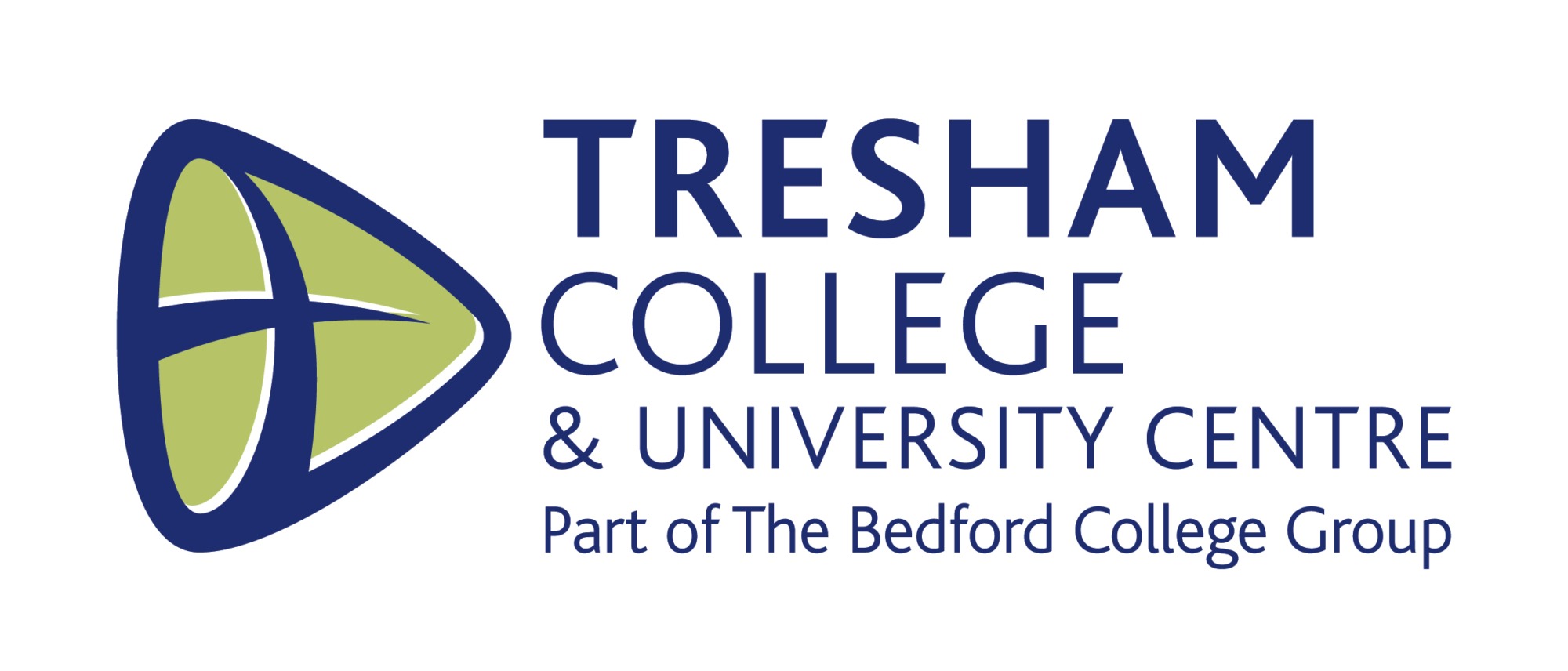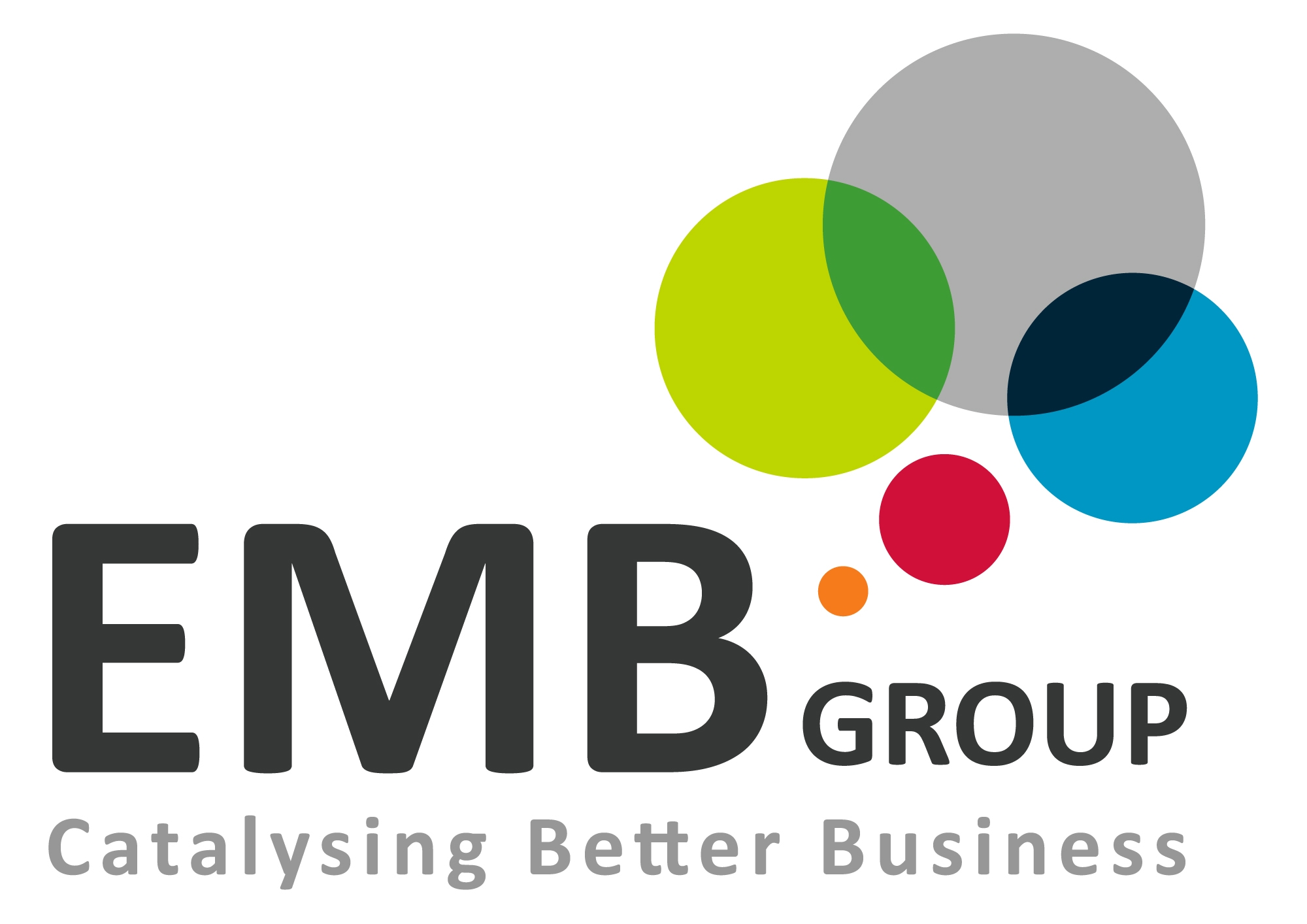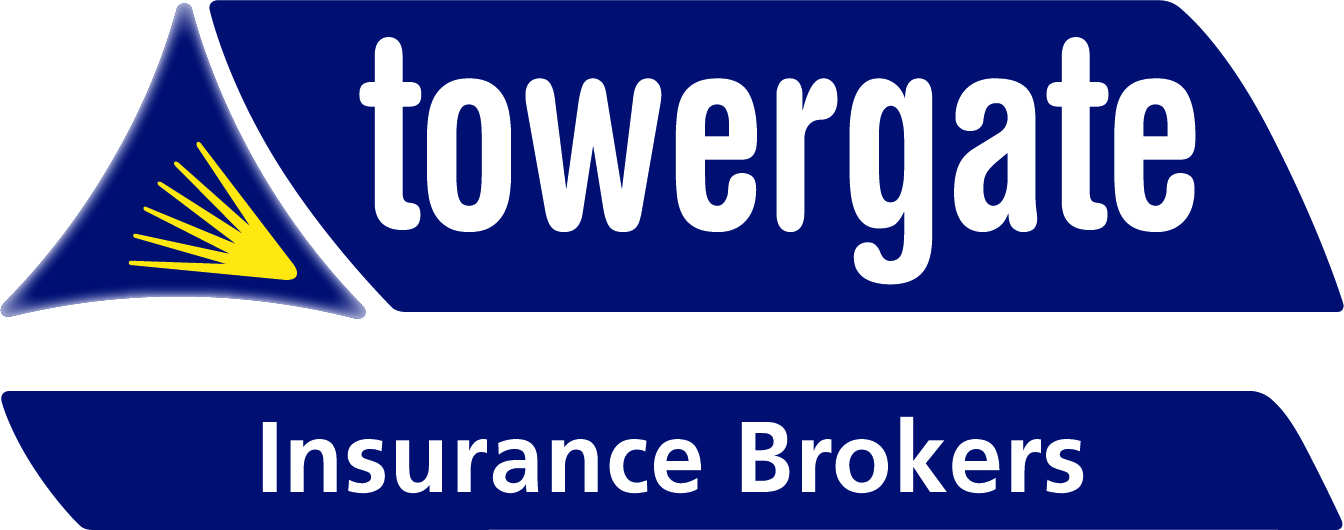

Why should we use RPA?
Blogs
UiPath’s recent IPO has given more publicity to the Robotic Process Automation (RPA) market. The IPO has been successful as investors grasp the logic of RPA as technology that can help many business and deliver real value for their operations.
Of course automation is not new, the difference with RPA is that delivers automation by using software robots that mimic human interactions with computer systems in a non-invasive way. This means that businesses do not need to throw existing computer systems which are already delivering the business processes to achieve the company’s activities. RPA can be used to perform the repetitive tasks necessary to operate both individual computer applications and between such applications.
Asking people to work like “Machines” has never been ideal. Despite best intentions, human error occurs and such mistakes can be costly to rectify. The level of errors will vary but the generally accepted figure is 4% of activity will be impacted. RPA is more accurate and more predictable than manual activity.
The Potential Market
================
There are millions of office workers, most of whom spend significant time working in computer systems for their companies. With this potential market, it is clear why investors have been keen to participate in UiPath’s IPO.
It is worth avoiding the “Hype”, not everyone who spends time working with computer applications is going to benefit from RPA. The key factor for any automation to be successful is “Repetition”. It would be possible to automate any activity, but without the repetition it would not be a good investment as every automation has a cost which can only be recovered by achieving savings on the usage of the automated process.
Every company will have a range of business processes covering sales, production, finance, HR, etc. These core range of activities are available in the software applications such as CRM, ERP, AR, AP, etc. The use of RPA will not replace any of these systems, but it will impact the human activity to interact with such systems.
The price for RPA products such as UiPath has reduced over recent years as the technology has become more established. This has meant that levels of “Repetition” that only occurs in Global corporations are no longer required to justify an investment in RPA, good ROI cases can be seen in virtually every business.
Although RPA technology has a history of using the user interface (GUI) to mimic the interaction of humans with applications, for the larger application vendors such as Microsoft, IBM, Oracle, SAP, Salesforce, etc. the RPA vendors have created API interfaces to the technology. This still allows the mimicking of the human interaction but offers the potential to deliver it in a more efficient route.
Normally where there is “Repetition” it is defined by very clear rules based on distinct data conditions and this is ideal for RPA. However, there are business processes that rely upon less well defined situations, this is where the potential to include Artificial Intelligence (AI) alongside RPA offers a further range of benefits. The pair of technologies are well suited as each can leverage the strengths of the other. RPA delivering the “Action” and AI delivering the “Understanding”. I suspect that it is UiPath’s evolution to include the AI technology space which has been helpful in attracting investors.
RPA Use Cases
============
One of the most repetitive activities undertaken by companies is “Reconciliation”, in fact it is so much effort that detail checks between systems are often not performed and only high level comparisons are performed. It is left to Auditors to perform detailed “Sample” checks to verify the expected consistency. Reconciliation work is particularly difficult for humans to perform well, as it is repetitive and only a few exceptions, if any, are expected to be found. This is why it is hard for humans to keep concentration. The data in CRM systems is a great example of where reconciliation to verify currency and accuracy is often regarded as too difficult. Yet, this is exactly the type of task that a robot can perform really well. Often executing in the background, overnight, over weekends. Details check being made continuously and where exceptions are found, alerts can be raise for people to review or just for information as the robot could be instructed how to resolve any conflict in the information.
Another use case is “Data Synchronisation”. In many businesses, there are many applications used to support the operational activities. Although vendors such as SAP, IBM, Oracle and Microsoft would like to provide the complete suite of applications to a business, it is rarely the situation. Multiple systems generates the need for interfaces and hence data as well as activity synchronisation. There will many interfaces provided by large vendors, but they will be unlikely to cover all of the industry specific applications. The adoption of Cloud applications and SaaS arrangements, means that the opportunity for bespoke integrations is often limited. These scenarios have often left people providing the manual effort to aligning data and process states between applications. RPA is well suite to perform the repetitive work to achieve such synchronisation. The speed of development of RPA solutions makes it an interesting option for SaaS situations where the “Lock-in” period might be quite short.
Motivation for RPA
==============
There are plenty of implementations of RPA that have delivered tangible business benefits which any Finance Director would recognise. Although there used to fear for some people about automation, many HR Directors would report that RPA improves employee satisfaction (“Not working like robots”) and an eagerness to embrace the technology from those who have a vision for the future. Managing Directors see investing in RPA in the same way as deploying machines in the production line, it being essential to a company for competitiveness in the market.
With the potential to gain board support for an RPA initiative, it is often aspiring managers responsible for operational activities that start the conversations on automation.
The “Why” of RPA
==============
There is a lot of business theory about being able to answer the “Why” question. For RPA being a form of automation, the answer would include:
– It is good for staff so that they do not “Work like Robots”
– It is good for business as it delivers a “Return on Investment” (ROI)
– It is good for customers as less errors means better quality
The RPA Choice
============
There are many RPA technologies available in the market. Each company will of course factor in their specific requirements when selecting an RPA solution from an RPA vendor or more commonly from an RPA reseller.
The leading IT industry analysts all conclude that the big RPA vendors have dominate positions. UiPath has been the first of the leading vendors to reach an IPO which reflects its broad appeal.
I and my colleagues at Ether Solutions are proud to be a UiPath reseller sharing our knowledge of implementing RPA projects with clients,
***
Ether Solutions are specialists at using software robots to implement Robotic Process Automation (RPA) which helps businesses with Productivity and Quality. By combining Artificial Intelligence (AI) into the solutions Intelligent Automation is achieved.
For more information please call 0845 643 4410 or visit https://www.ether-solutions.co.uk


















